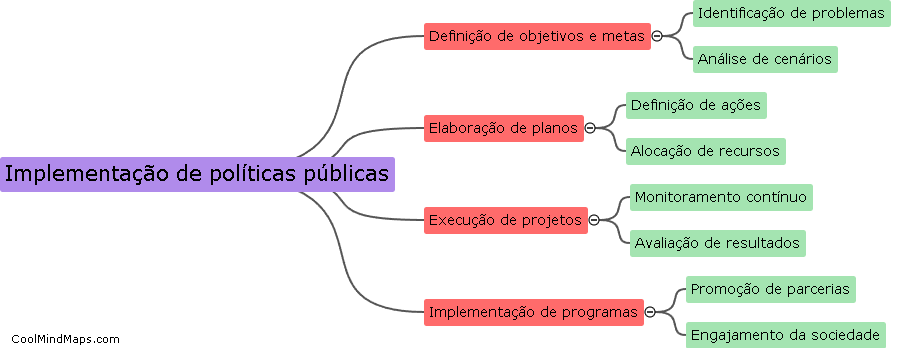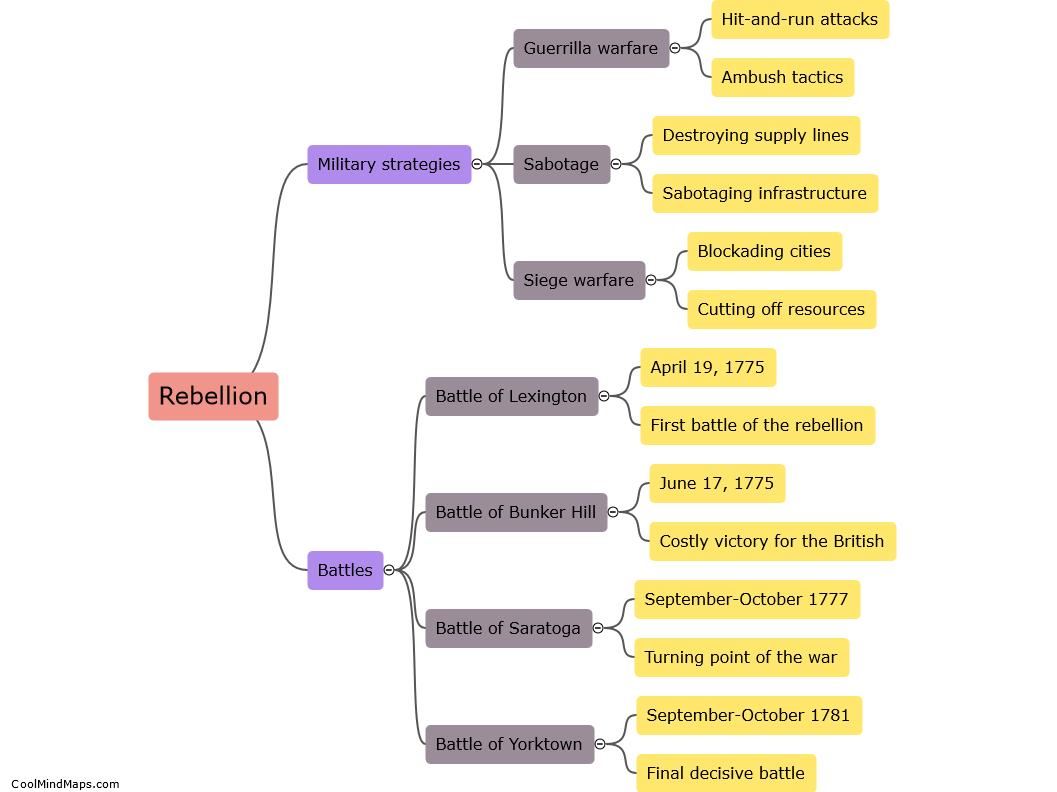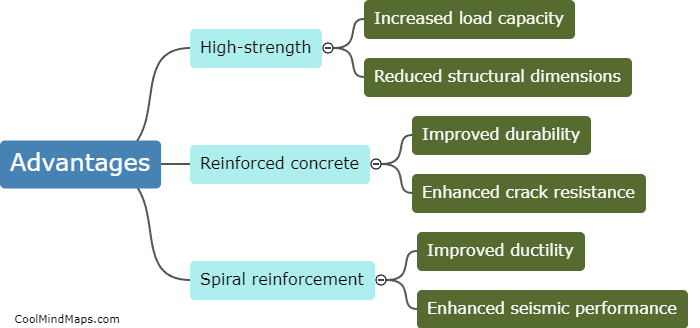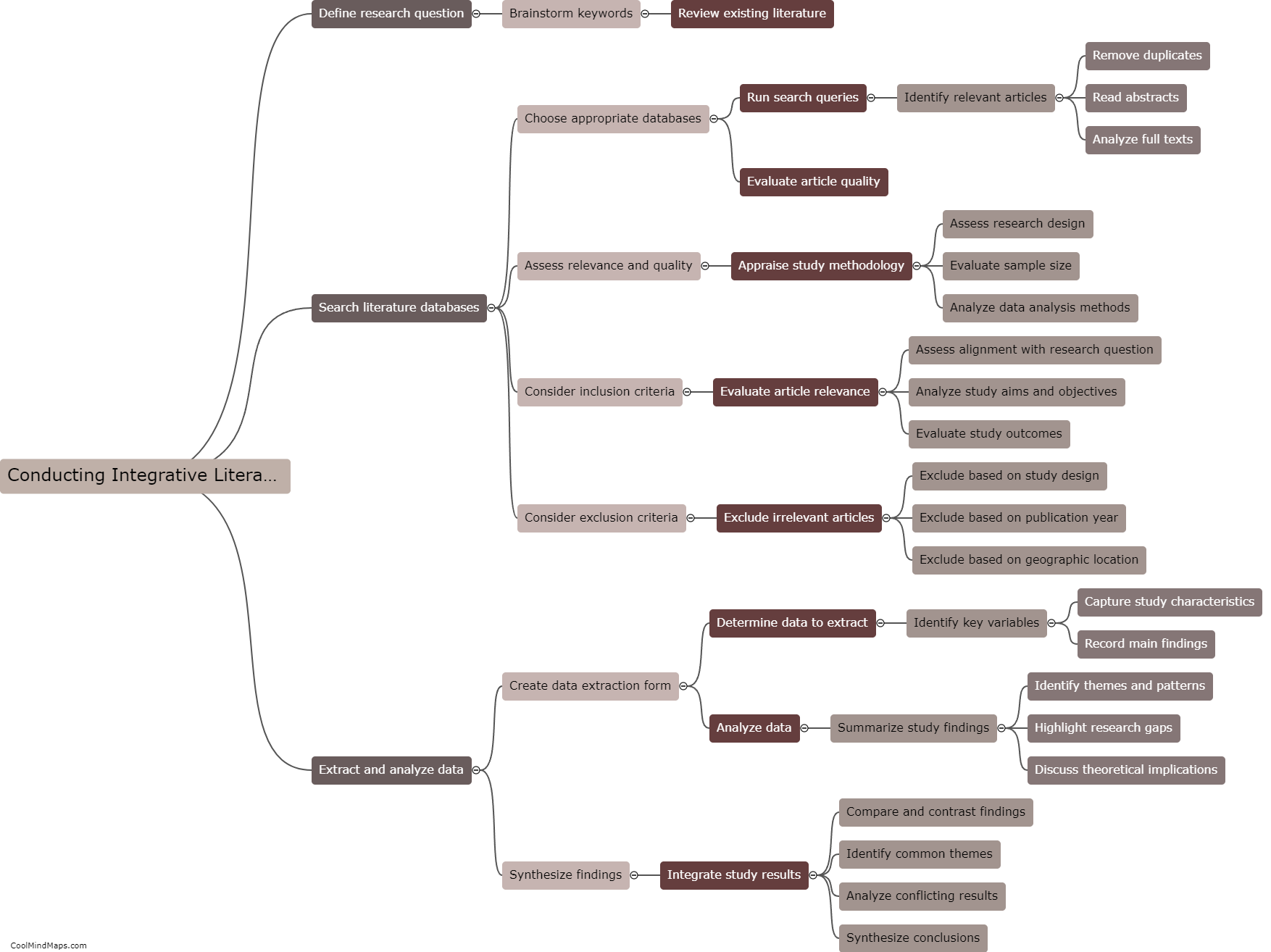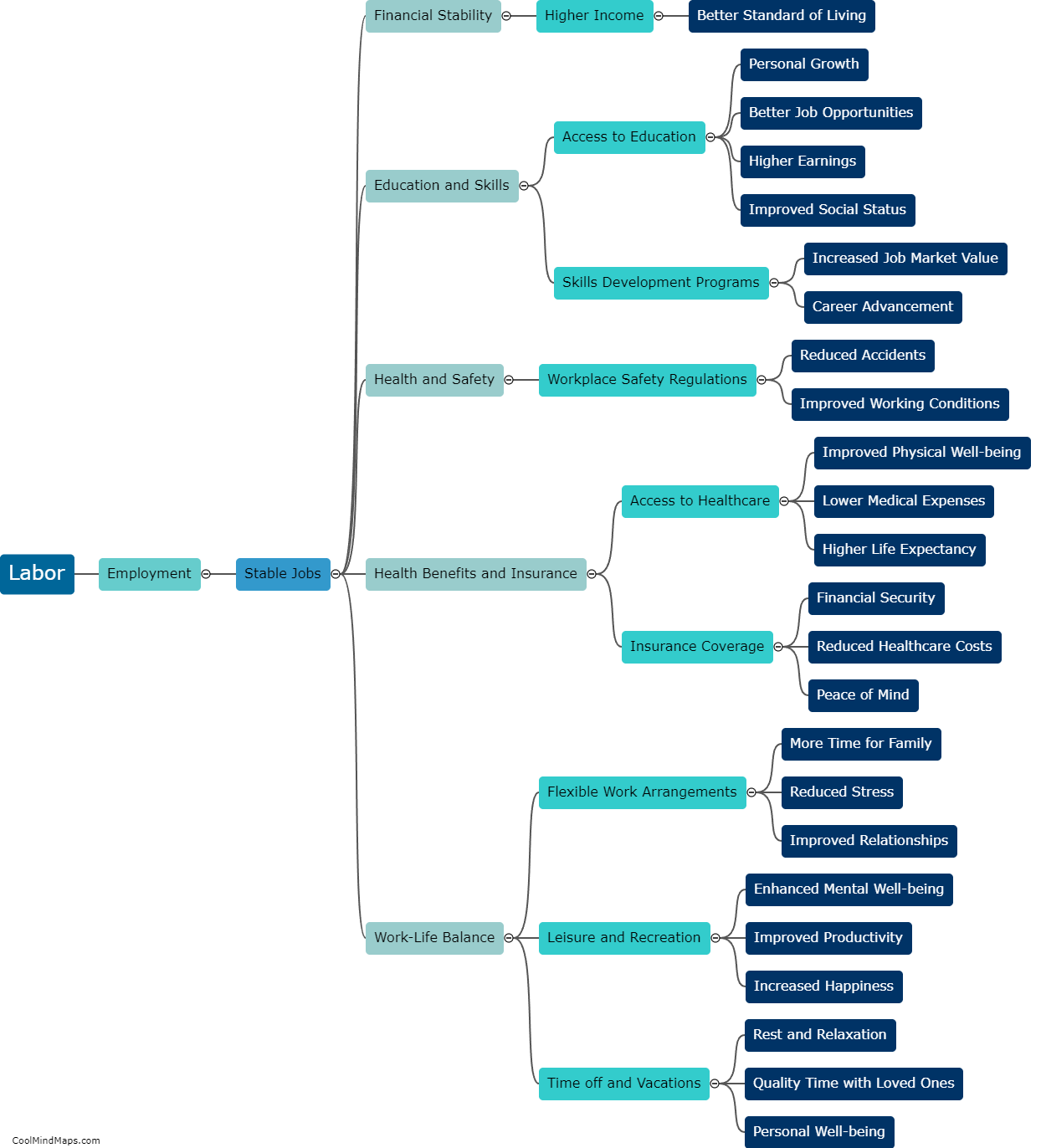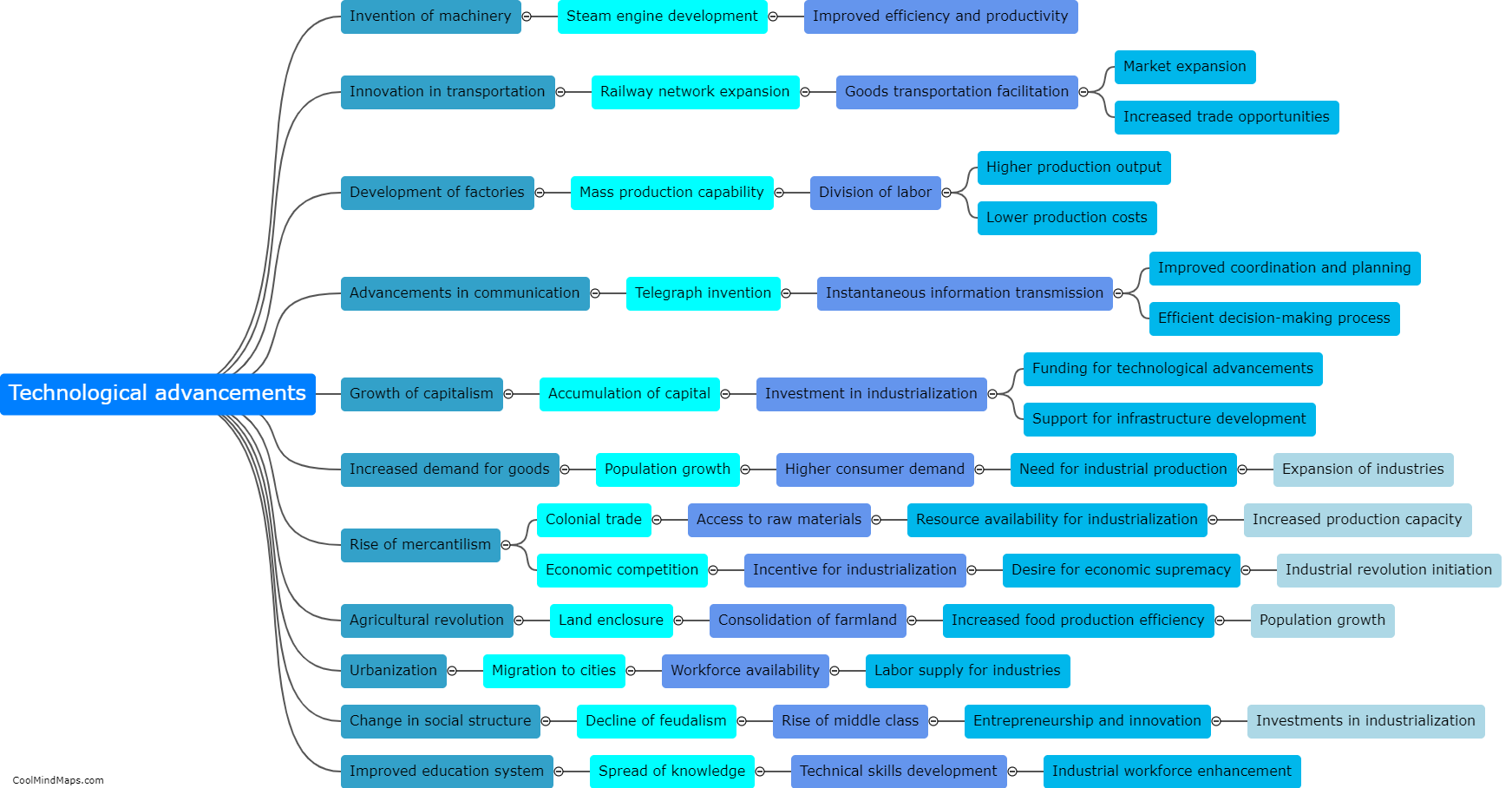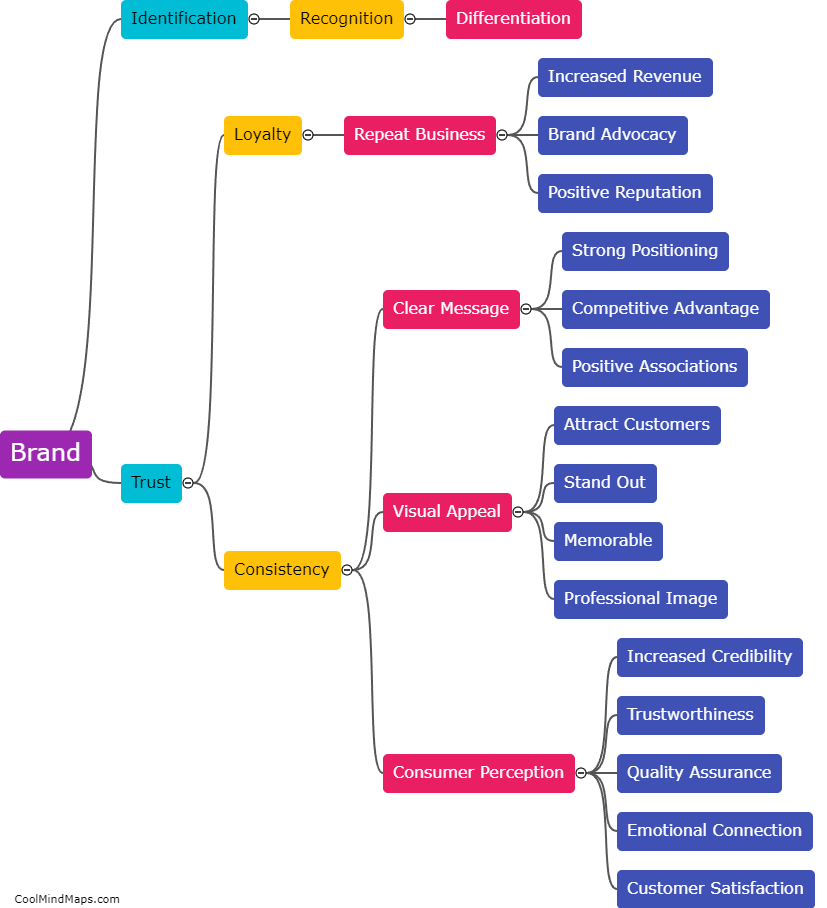How did the Industrial Revolution change the global distribution of power?
The Industrial Revolution significantly altered the global distribution of power during the 18th and 19th centuries. The emergence of new technologies, such as steam engines and mechanized manufacturing, propelled unprecedented economic growth and transformed societies from agrarian to industrial. This shift in production and wealth led to a redistribution of power on a global scale. Countries that successfully embraced industrialization, like Great Britain and later the United States, were able to accumulate vast wealth and establish themselves as dominant global powers. Their manufacturing capabilities, access to resources, and economic influence enabled them to exert control over other countries and expand their territories. Meanwhile, nations that failed to industrialize or adapt to the new economic order, mostly located in Asia and Africa, found themselves at a significant disadvantage and became subject to colonization and exploitation by the industrial powers. Thus, the Industrial Revolution fundamentally reshaped the global distribution of power, creating an era of sharp inequality and setting the stage for the geopolitical tensions and alliances that would characterize the 20th century.

This mind map was published on 7 September 2023 and has been viewed 97 times.
